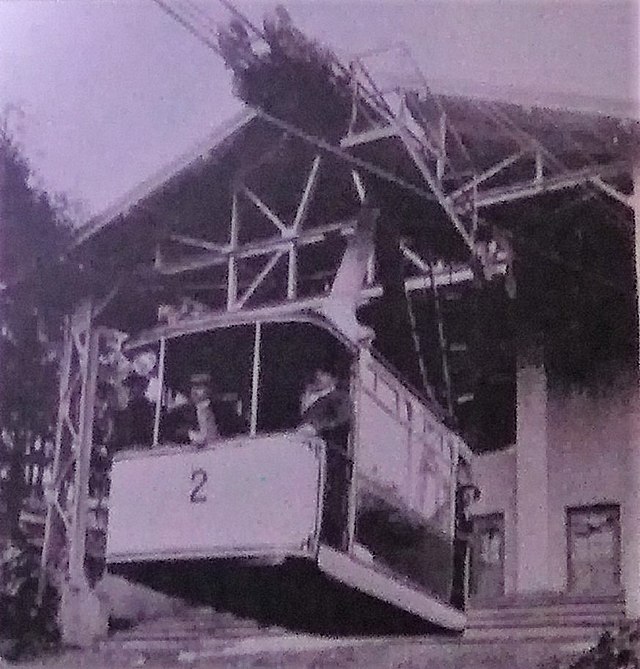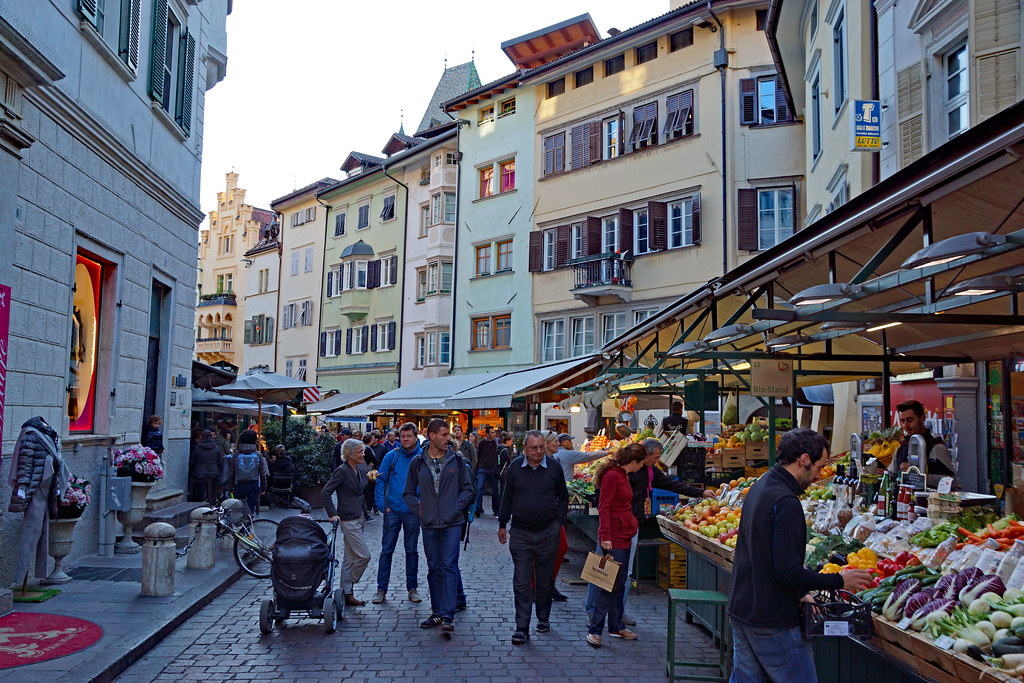Bolzano and its surrounding areas
Here, among rolling hills, vineyards and orchards, you can immerse yourself in the tranquility of the countryside and discover the authenticity of the small surrounding villages. Bolzano, with its lively center and fascinating museums such as the Museion and the Archaeological Museum (known to many as the Ötzi Museum), is just the beginning of the journey.
Hop on the Renon and Colle cable cars to enjoy breathtaking views, lose yourself in the scents of the stalls in Piazza delle Erbe, visit the castles of Firmiano and Mareccio and walk along the arcades during the Christmas Markets.
But don’t forget to also explore the Renon plateau and the picturesque Val Sarentino, where time seems to have stopped. Prepare to be enchanted by the beauty and tranquility of this region!
What to Eat
In Bolzano, local dishes are a unique culinary experience, combining flavors and traditions of Austria, Germany and the local area. Each dish is a journey through the gastronomic culture of the region, offering a mix of intense and rich flavours, perfect for warming up from the cold of the surrounding Dolomites.
Here are ten delights to absolutely enjoy in Bolzano:
Canederli in broth:Bread balls seasoned with speck, cheese and herbs, served in a hot and enveloping broth.
Spinach Ravioli (Schlutzkrapfen): Ravioli filled with fresh spinach and ricotta, served with melted butter and flakes of cheese.
Risotto with chanterelles: Creamy risotto enriched with chanterelles, a type of locally harvested mushroom.
Speck: Smoked and cured ham according to local tradition, perfect as an appetizer or condiment.
Black bread (Vinschger Paarl): Dark and crunchy bread, typical of the Alto Adige region, perfect for accompanying main dishes.
Sauerkraut and Sausages: Fermented sauerkraut and grilled sausages, a rustic and tasty delight.
Sweet pancakes (Strauben): Crispy, light pancakes, typically served with icing sugar or jam.
Apple strudel: Traditional dessert made up of thin layers of puff pastry filled with apples, raisins and cinnamon.
Krapfen: Donut-like dessert, filled with jam or cream and dusted with icing sugar.
Kaiserschmarrn: An imperial dessert, a sort of pancake split into pieces and caramelized with icing sugar and served with jam or fruit compote.
These delights will satisfy your senses and make you fall in love with South Tyrolean cuisine!
Local customs, traditions and festivals
One of the most evocative festivities is certainly “the fires of the sacred heart”.
The origins of this tradition date back to pre-Christian times, when sacred ceremonies were linked to the cycle of the sun. The solstice, a crucial moment for life in the Alps, was celebrated with large fires. With the advent of Christianity, these pagan practices transformed: Christmas took the place of the winter solstice, while the fires of the summer solstice became the “fires of St. John”.
In 1796, during the Napoleonic wars, Tyrol found itself threatened and the population promised the “Most Sacred Heart of Jesus” to defend their land. This vow, renewed annually during the feast of the Sacred Heart, acquired great importance and was repeated by Andreas Hofer before the historic Battle of the Bergisel in 1809.
After the victory, Sacred Heart Sunday became a Tyrolean celebration, with the fires symbolizing divine protection and the courage of the people. During the movement for autonomy, these fires took on political significance, until the “night of fires” of 1961.
Today, the Sacred Heart fires are a living tradition, celebrated with festivals and ceremonies throughout Europe. The flames that illuminate the mountain peaks are a symbol of unity and hope, underlining the bond between the community and its thousand-year history




